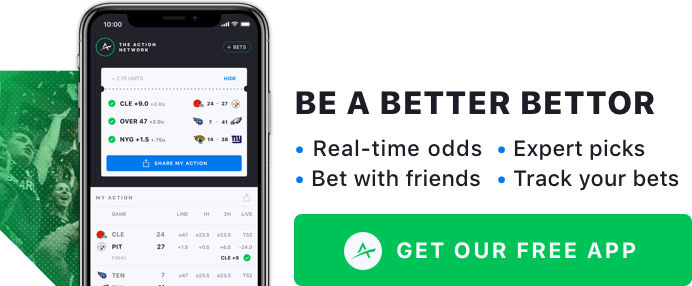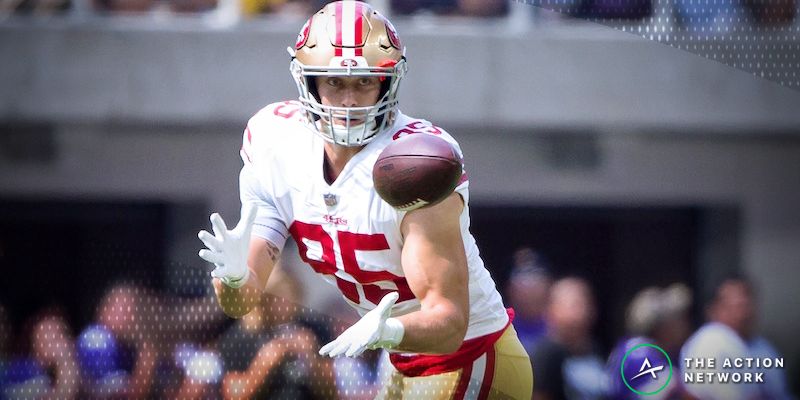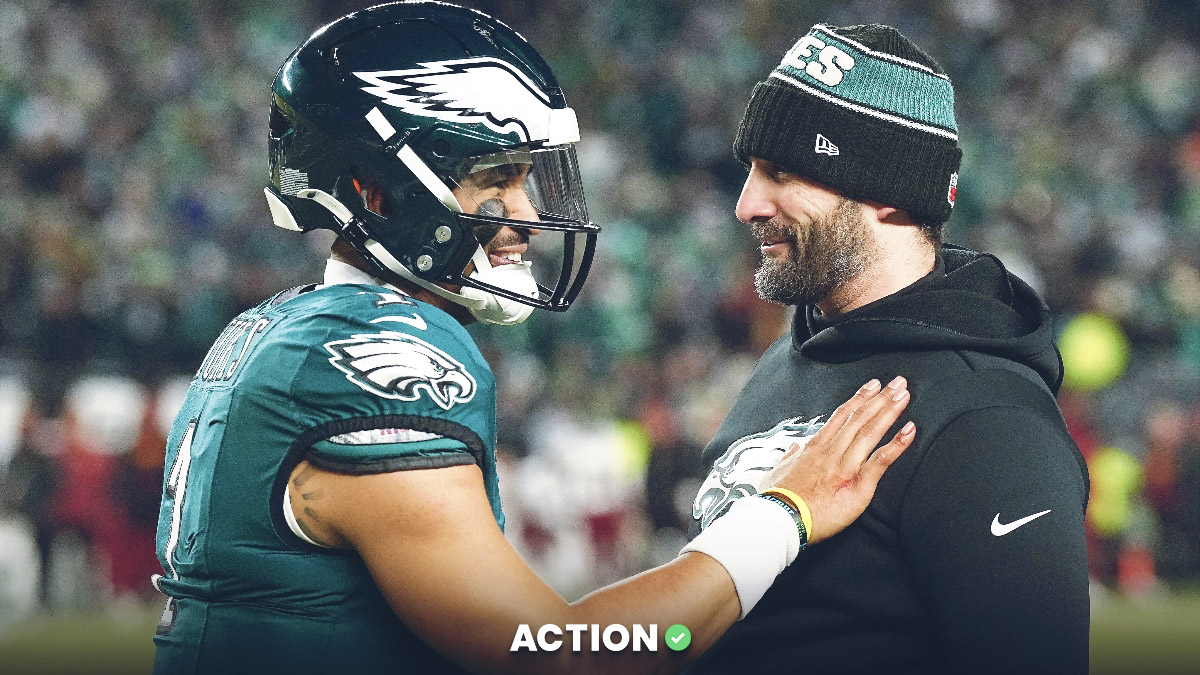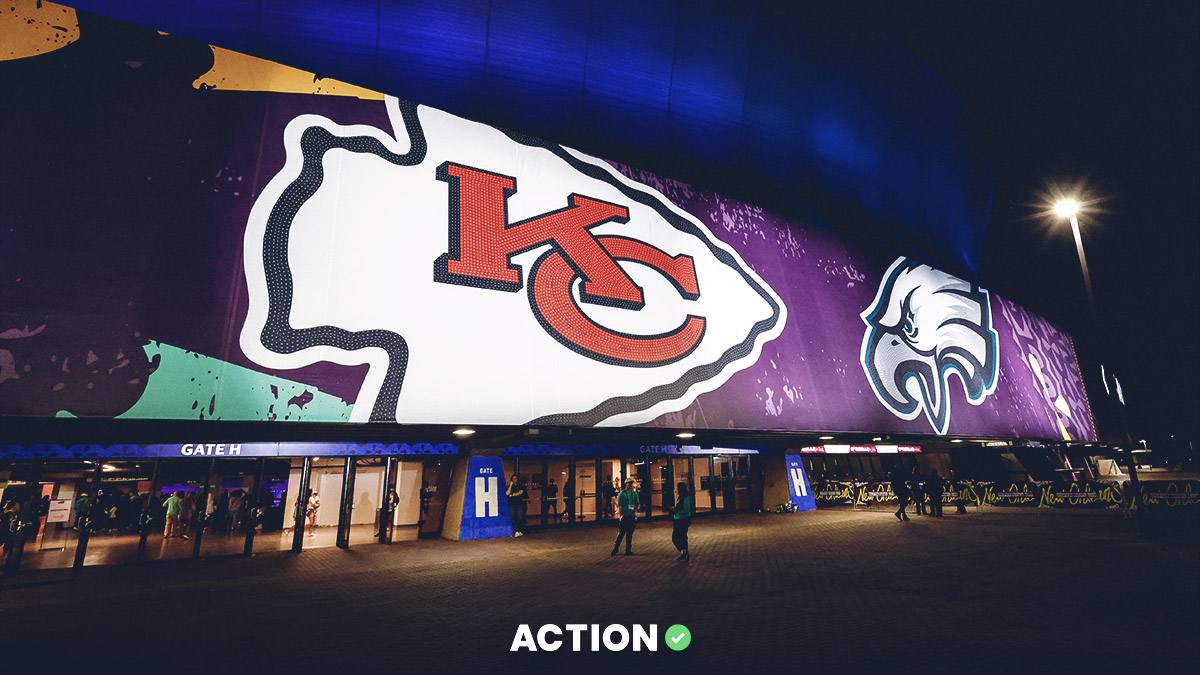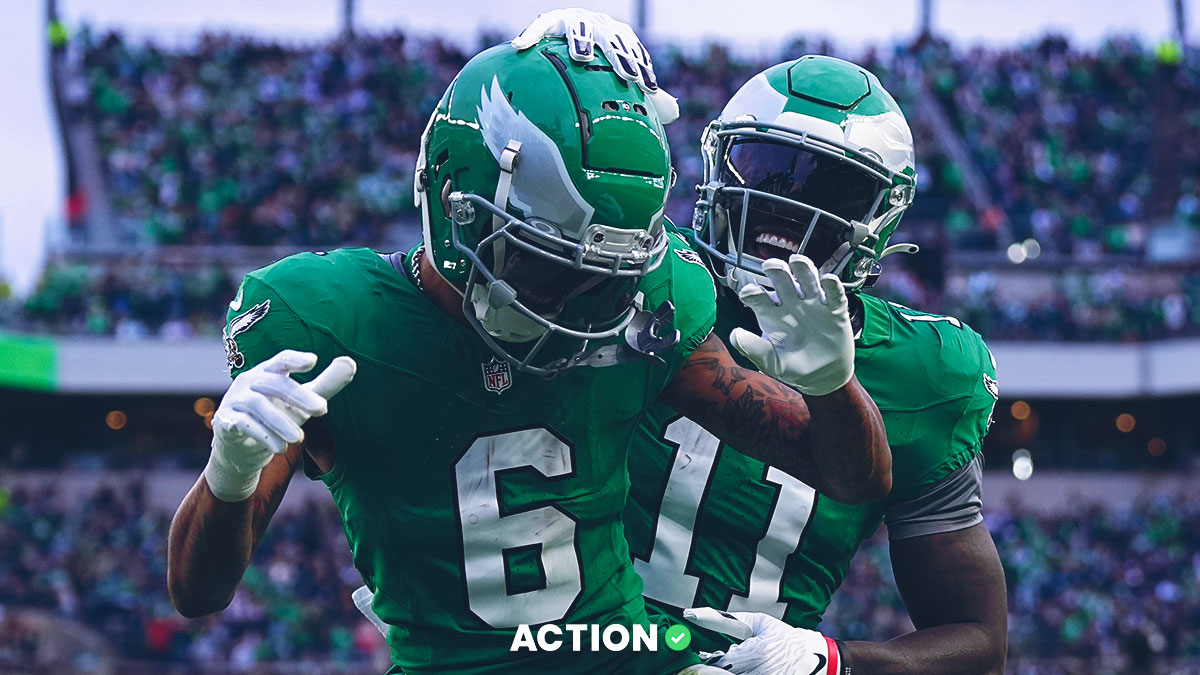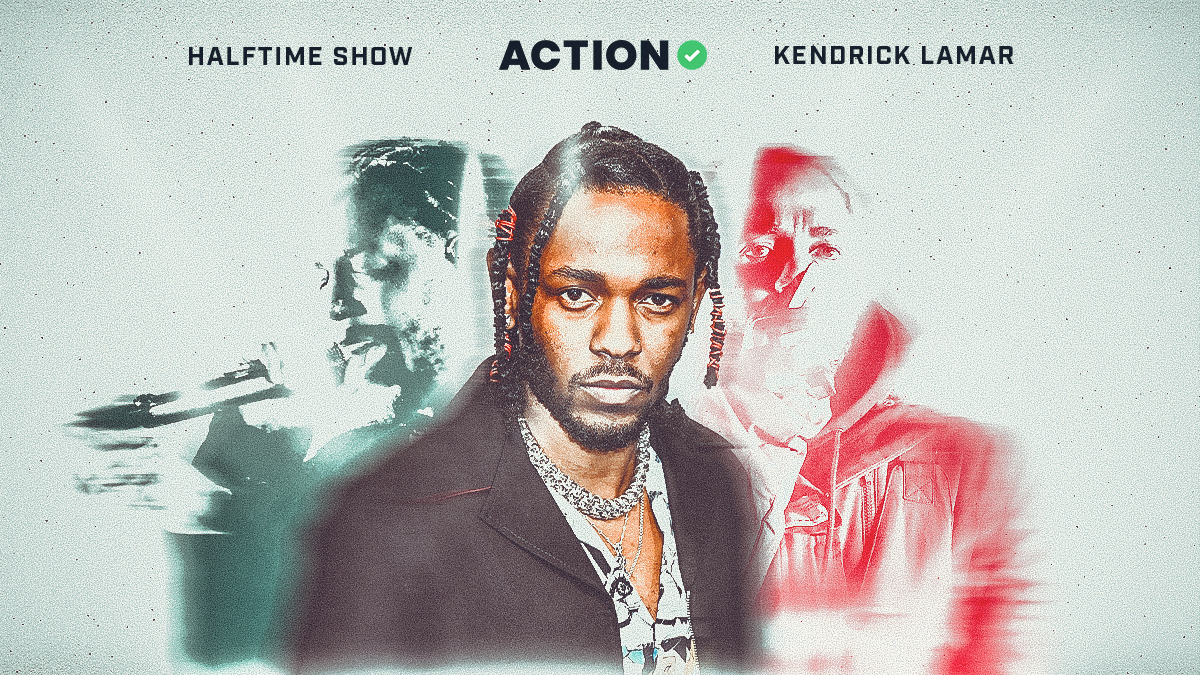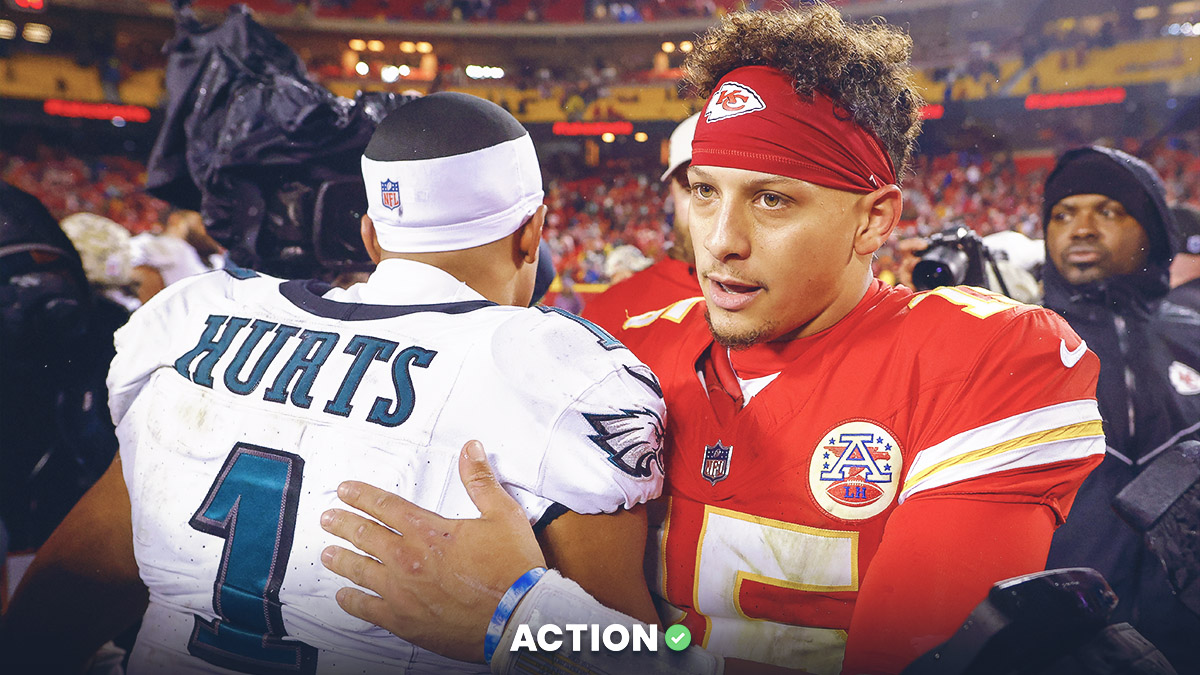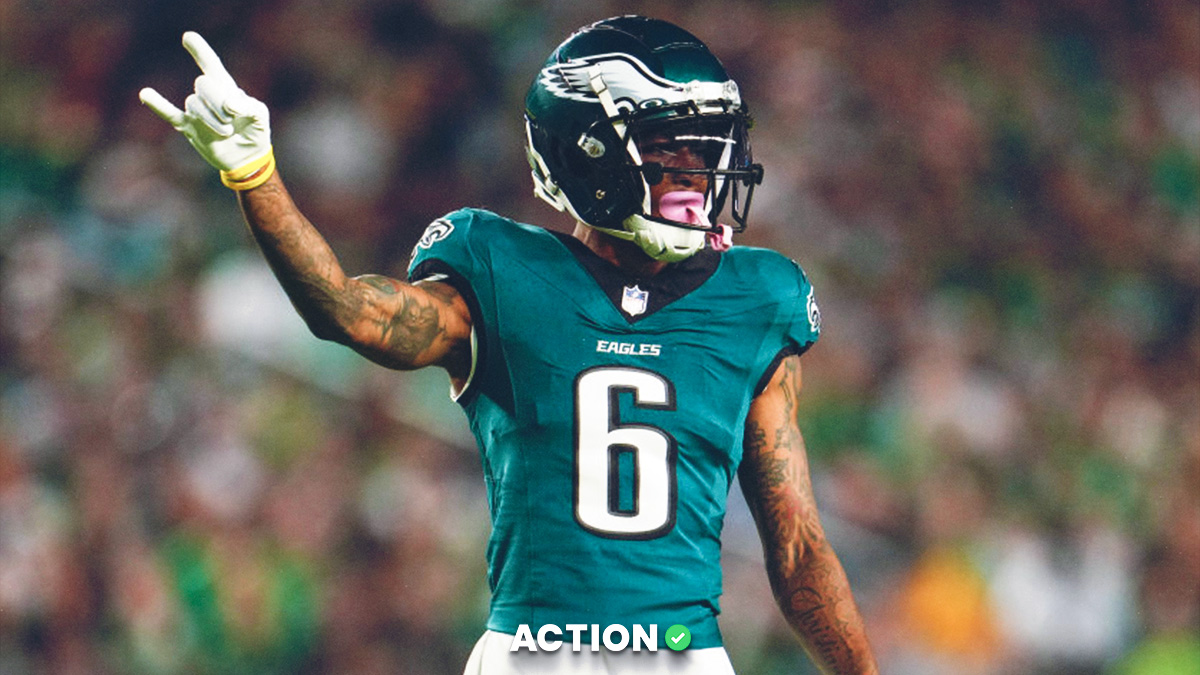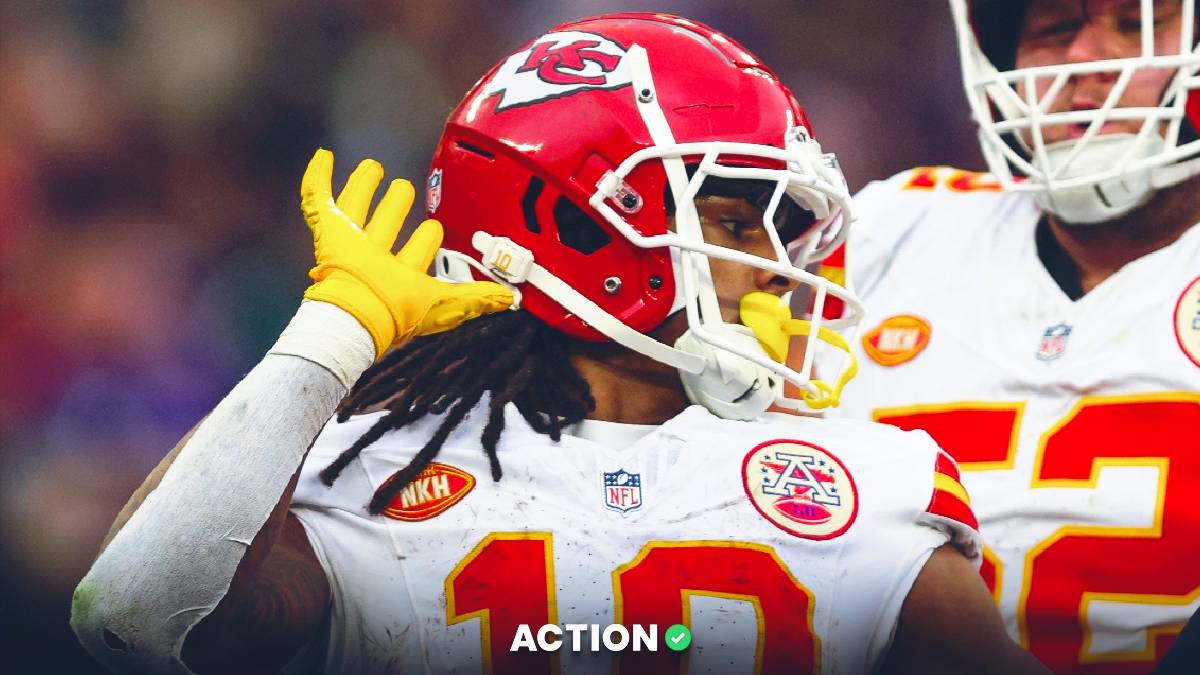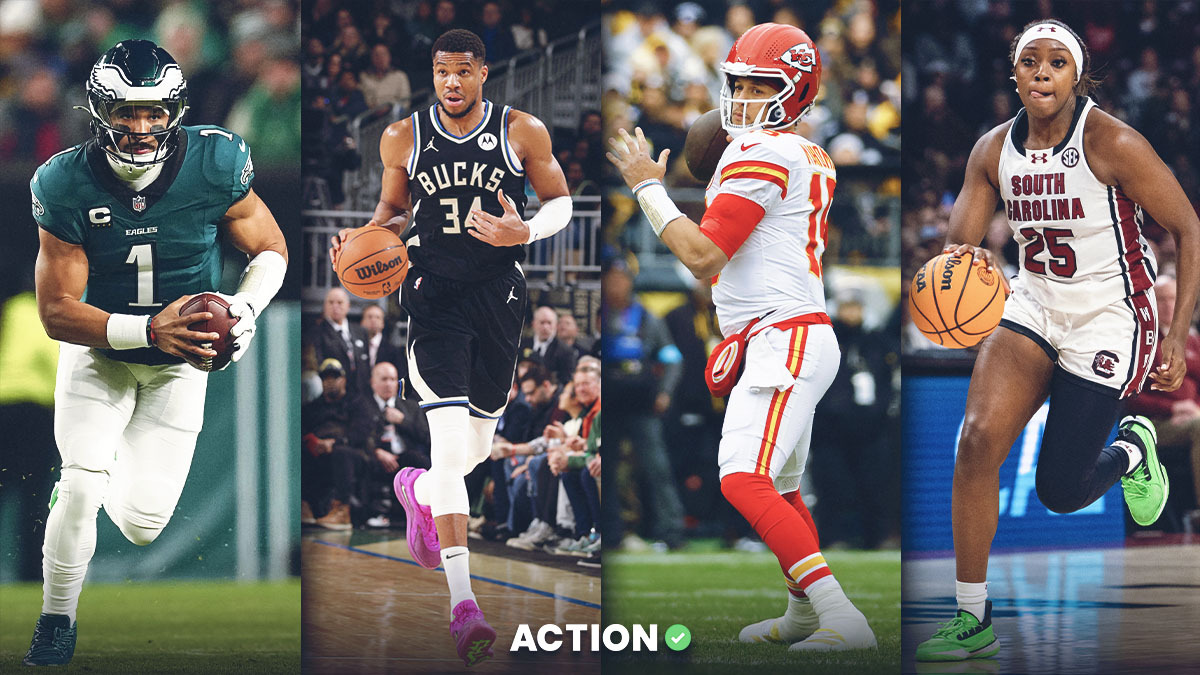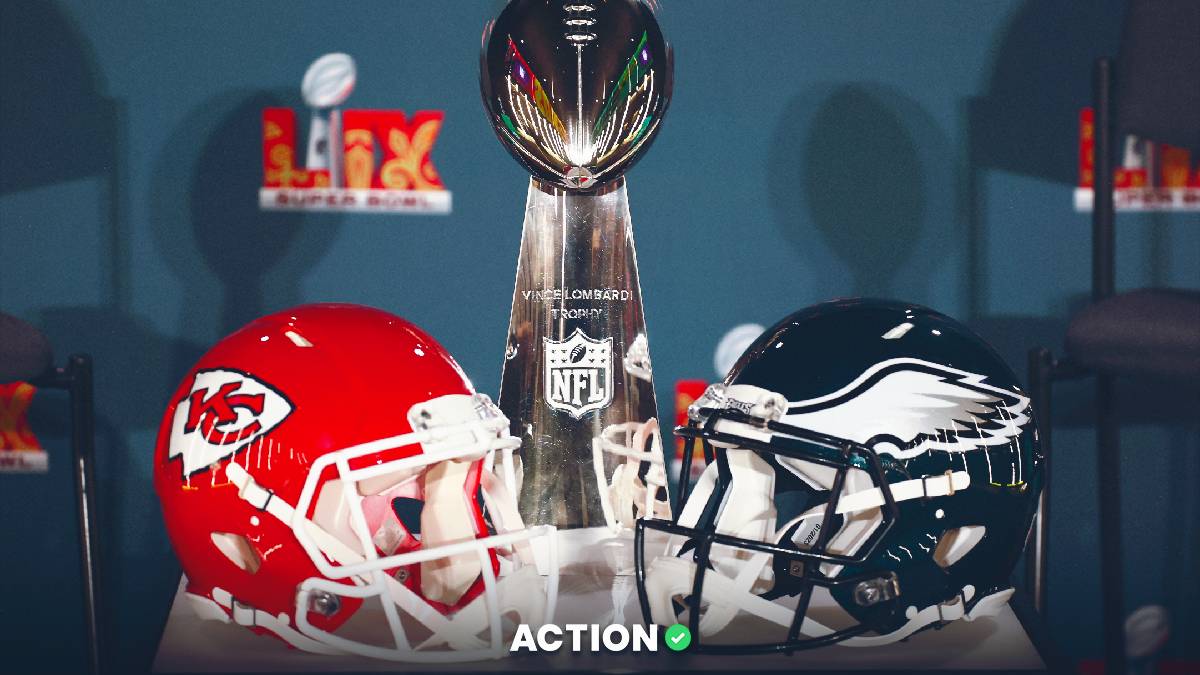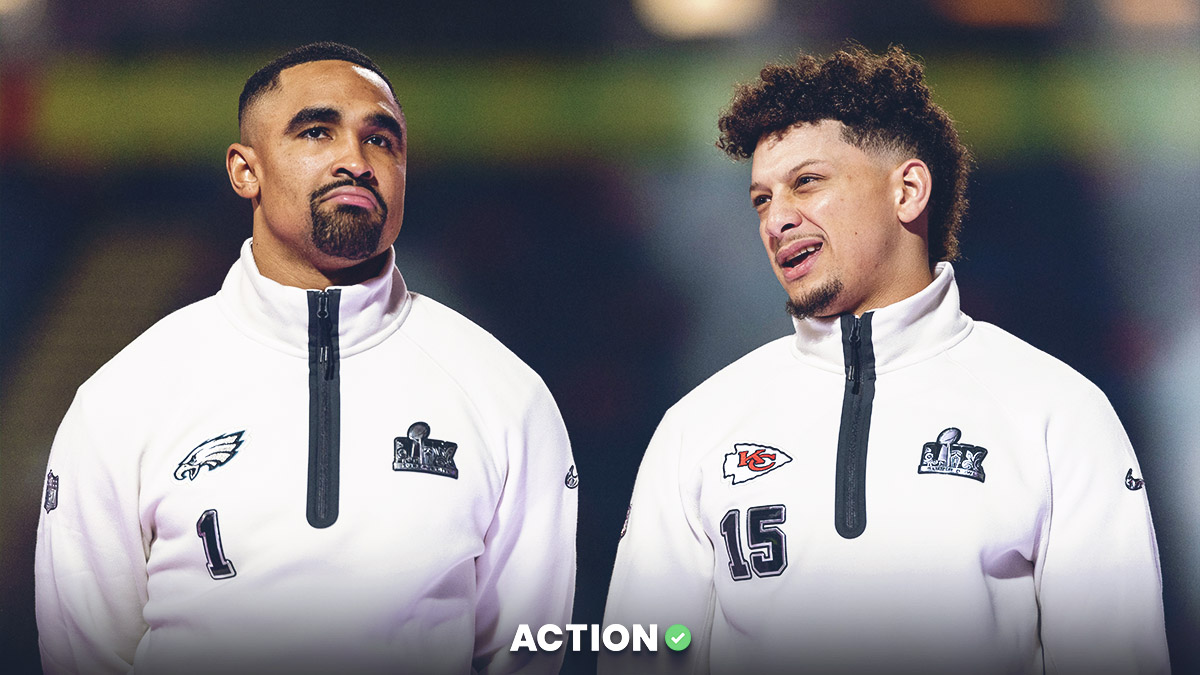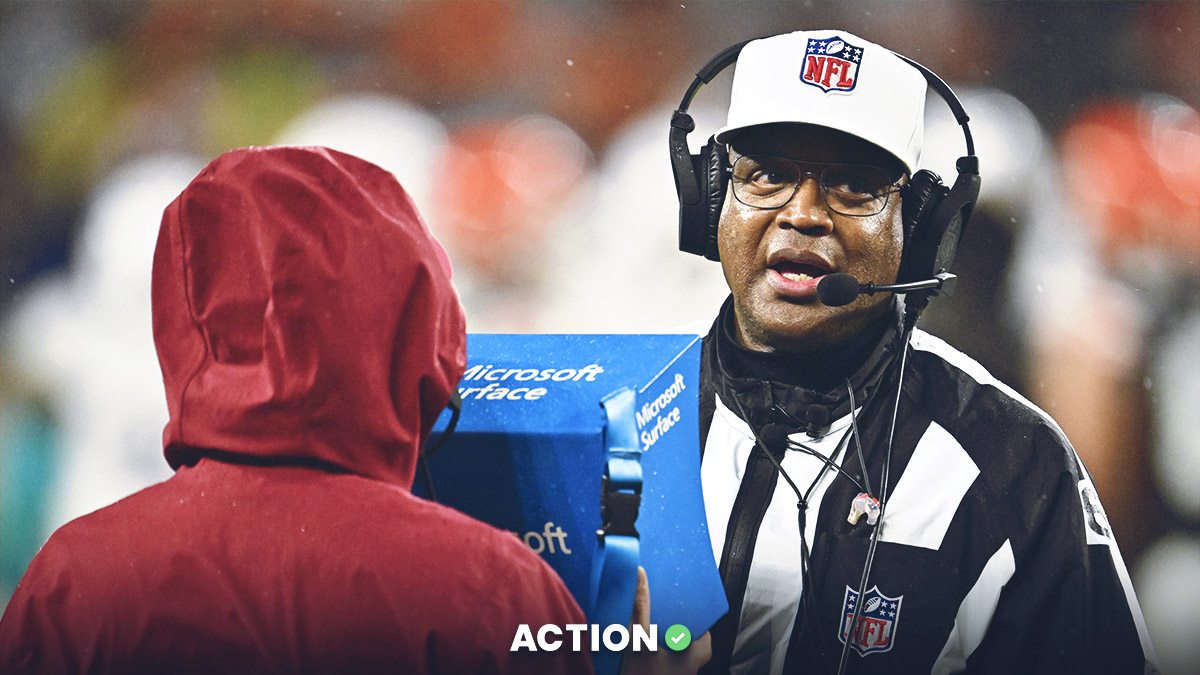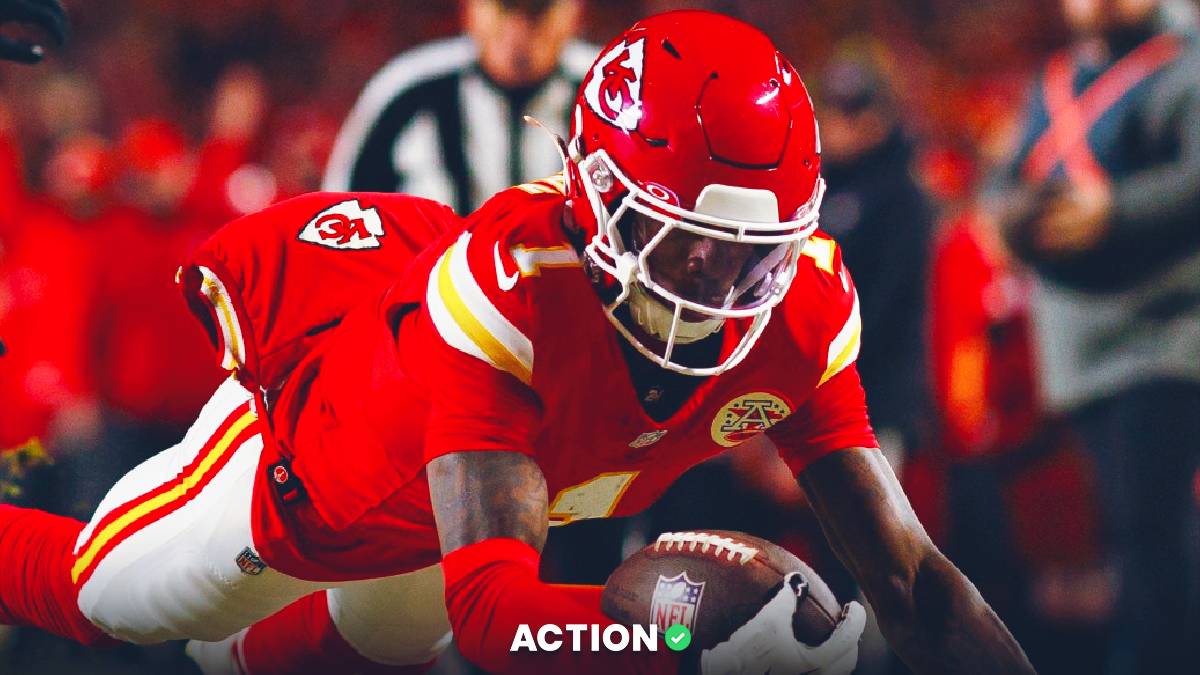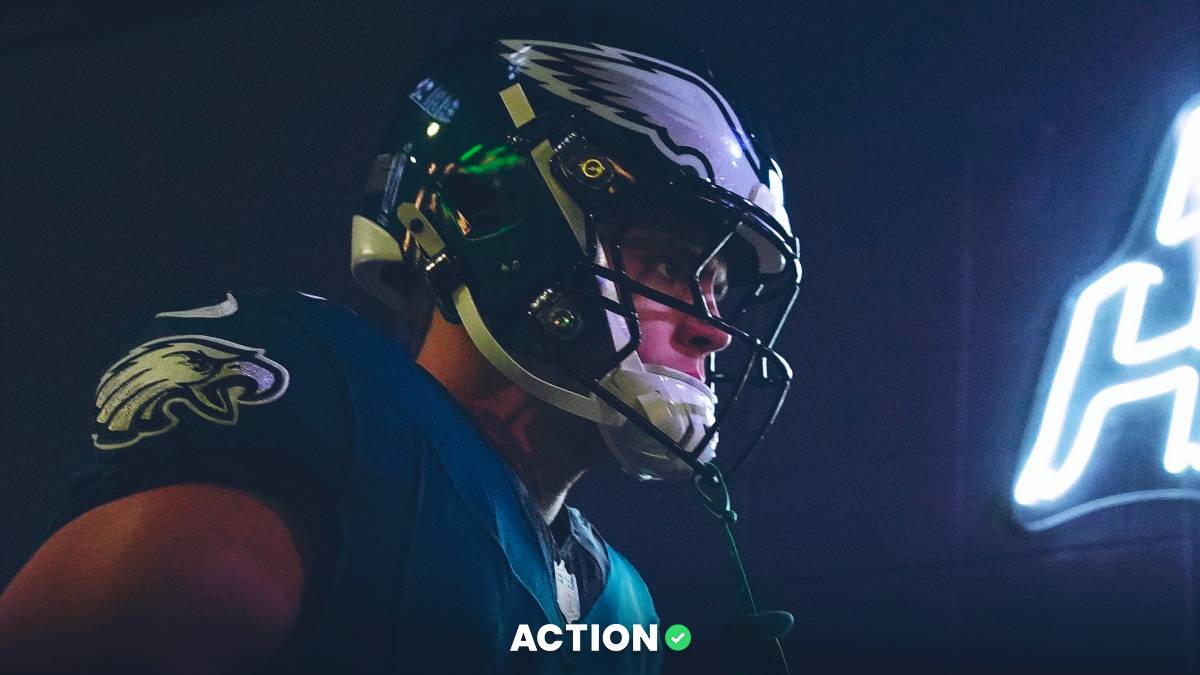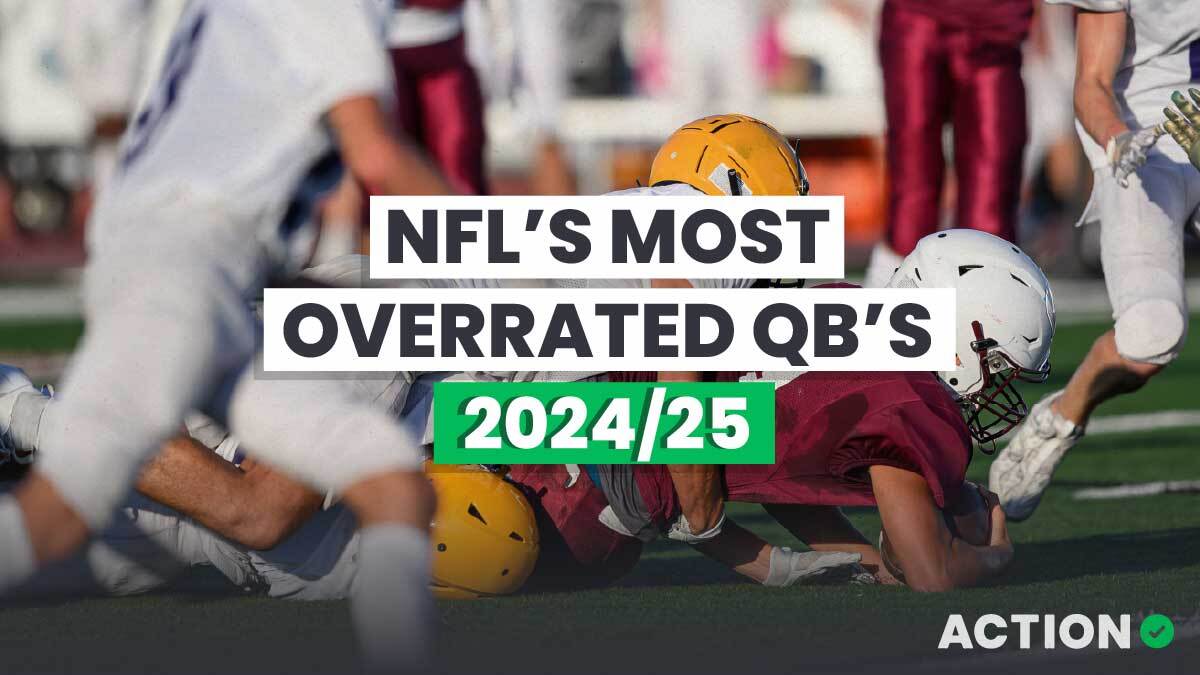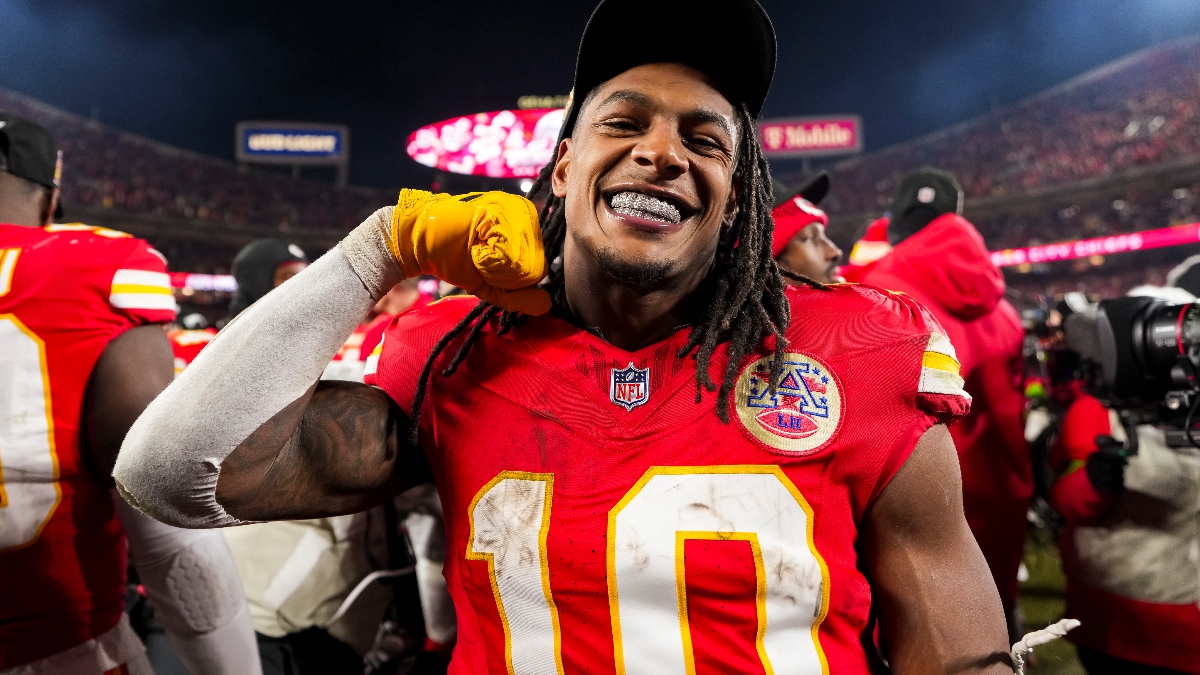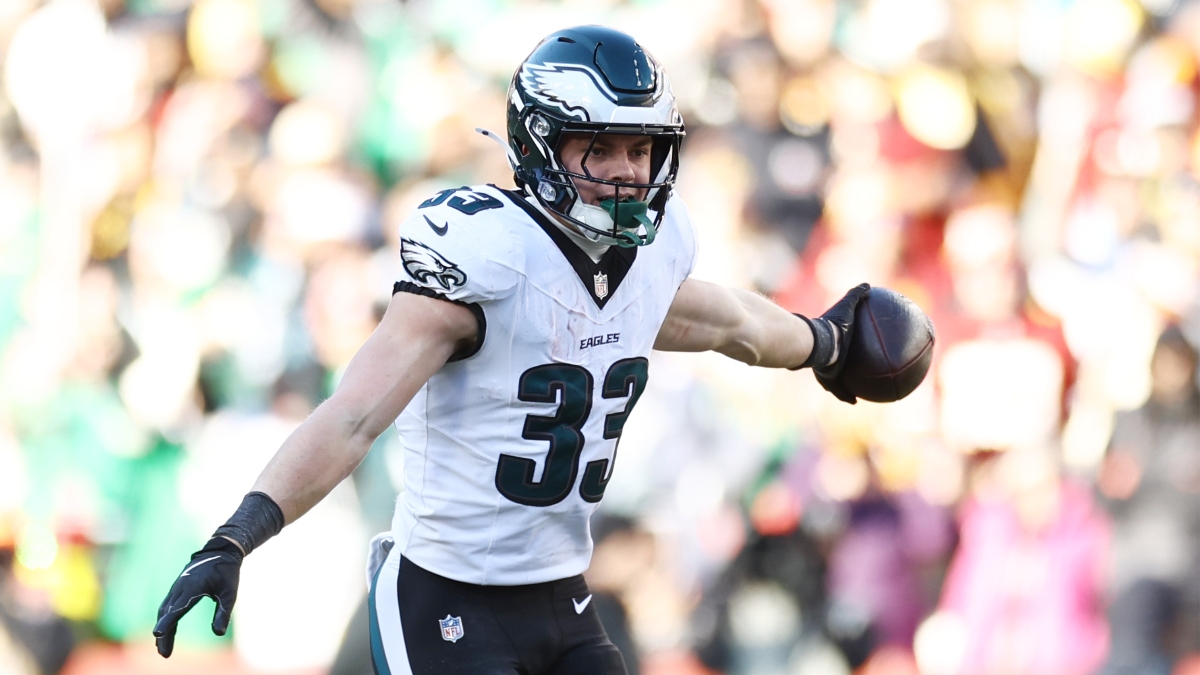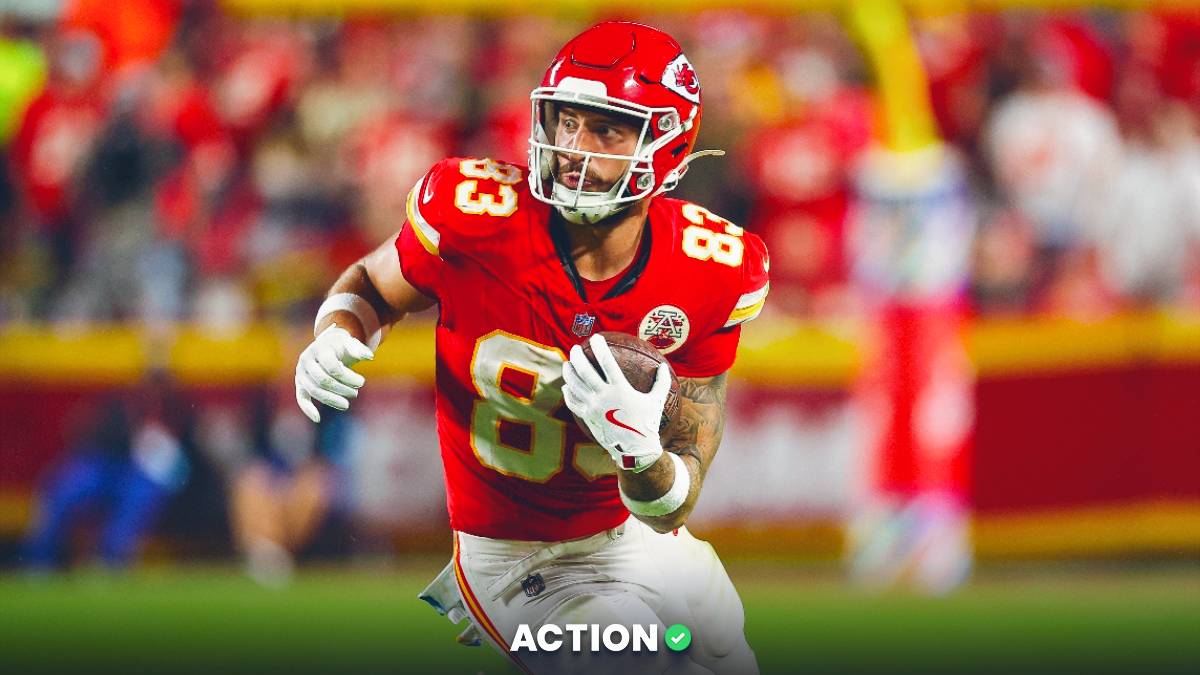If you haven’t considered making a trade in your fantasy football league yet, you’ve come to the wrong place.
The NFL’s ridiculous non-guaranteed contracts and salary cap have made player-for-player trades fairly rare over the years, but it’s a market that can be exploited in fantasy by focusing on both potential mistakes in popular public opinion and season-long trends.
Let’s break down some of Week 2’s top trade targets, as well as players you should consider selling sooner rather than later.
Key Fantasy Football Trade Target
TE David Njoku (Browns)
Tyrod Taylor and the Browns passing game managed just 197 yards through the air on 40 attempts against the Steelers last Sunday. Josh Gordon played 69 of 89 snaps despite reports that he would only see around 20. And yet Njoku still tied a career high with seven targets.
Overall, the starting tight end played 78 of 89 snaps (88%) after finishing last season at just 47%.
Of course, Njoku caught just three for 13 scoreless yards. It wasn't quite the start fantasy investors were looking for, but he's still in a great position based on the historical production from 18 first-round tight ends drafted since 2000.
- 14 of 18 — including the last 11 — received more targets in their second season. On average, they received an additional 19 targets in Year 2.
- 14 of 18 increased their PPR points in Year 2, and the average increase was 39.9 PPR points.
- 14 of 18 scored more touchdowns the second time around, and overall they’ve averaged an additional 2.4 touchdowns in Year 2.
Even an eventual transition to Baker Mayfield at quarterback wouldn't necessarily be a bad thing for Njoku. Mayfield’s wide-open offense at Oklahoma often featured tight end Mark Andrews in the slot, and Mayfield still managed to feed him almost 300 more receiving yards than the next -best tight end in college football as a redshirt junior. Andrews scored at least seven touchdowns in each of his three seasons with Mayfield, too.
Go get the Browns' freakishly-athletic 22-year old tight end before his inevitable blow-up game and reap the rewards.
Honorable Mentions
- WR Chris Hogan, Patriots: Hogan posted an underwhelming 1-11-0 line in Week 1, offering credence to those that have never quite given Hogan the benefit of the doubt as an elite fantasy receiver. Still, he finished last season as the league's PPR WR10 in Weeks 1-8 before spraining his A/C joint. Hogan posted a similarly-pedestrian 1-8-0 line on five targets in Week 1 of 2017.
- RB Chris Thompson, Redskins: Thompson gained 128 total yards and a touchdown on 11 touches Sunday, but remained out of the national spotlight thanks to Adrian Peterson's similarly strong performance. Thompson is a great play when Washington faces negative game script that leads to plenty of passes, and he still played 42% of snaps during Week 1's 18-point win.
- TE Trey Burton, Bears: The Bears' pecking order in the passing game is still fairly unknown after Mitchell Trubisky fed seven different players at least three targets during the team's Week 1 loss to the Packers. Still, Burton's six targets and 61 snaps were behind only Allen Robinson (seven targets and 67 snaps), and the team's two highest-priced offseason additions appear poised for big roles.
- Ravens RB Alex Collins: Snap and touch counts should be taken with a grain of salt with a one-week sample size, and they matter even less when that single game was a 47-3 massacre. Still, though Collins finished with fewer touches (eight) than each of Buck Allen (nine) and Kenneth Dixon (13), he remains the clear-cut early down and goal-line back. Dixon (knee) is expected to miss at least Week 2.
Fantasy Football Players to Sell
WR Demaryius Thomas, Broncos
Thomas has largely worked as the Broncos' undisputed No. 1 receiver for the better part of the last six years, but the times they are a changin' in Denver. While Thomas converted 10 targets into a more than respectable 6-63-1 line, Emmanuel Sanders saw a team-high 11 targets in his new role as the offense's slot receiver.
More concerning is a potential decline in Thomas' downfield chances. His average target depth of 9.6 yards currently marks his only single digits rate since he became a full-time starter in 2012, and quarterback Case Keenum attempted twice as many deep-ball passes to Sanders and second-rounder Courtland Sutton (two each) as he did to Thomas.
The good news is Thomas received the offense's only target inside the 10-yard line, but the bad news is Keenum's proven tendency of feeding his featured slot receiver.
Keenum fed Adam Thielen and Stefon Diggs an average of 8.9 and 6.8 targets per game, respectively, in 2017. Both Sanders and Thomas have concurrently posted strong fantasy seasons together during their time in Denver, although the offense hasn't had a third option like Sutton since Eric Decker.
Sutton seems more likely to take away Thomas' production considering Sanders lined up in the slot on 51.6% of snaps in Week 1. Overall, Sanders played 86% of the offense's snaps Sunday, while Thomas and Sutton played 72% and 59%, respectively.
Honorable Mention
- Panthers WR DJ Moore and Falcons WR Calvin Ridley: Both first-round receivers possess the talent to make an early fantasy impact, but they're outside of their respective passing game's top two options. Panthers head coach Ron Rivera said the team is purposely bringing Moore along slowly until he's ready, while Ridley played just 64% of the Atlanta offense's snaps in Week 1.
- Redskins WR Jamison Crowder: Josh Doctson (70) and Paul Richardson (61) each out-snapped Crowder (49) in Washington's Week 1 win. Some of this was likely due to Crowder's lingering groin injury, but a healthy Jordan Reed played 19 snaps from the slot or out wide. Crowder has averaged 1.7 fewer targets and 3.3 fewer PPR points per game in 32 games with Reed also in the lineup than he has in the 15 games without Reed.
- Lions WR Marvin Jones: Matthew Stafford targeted Jones on several 50/50 deep balls in Week 1, but Jones ultimately finished third among the team's wide receivers with eight targets. Jones always offers big-play ability thanks to his elite contested-catch skills, but he's averaged 5.3 fewer PPR per game and 4.3 fewer targets with Kenny Golladay active over the past two seasons.



